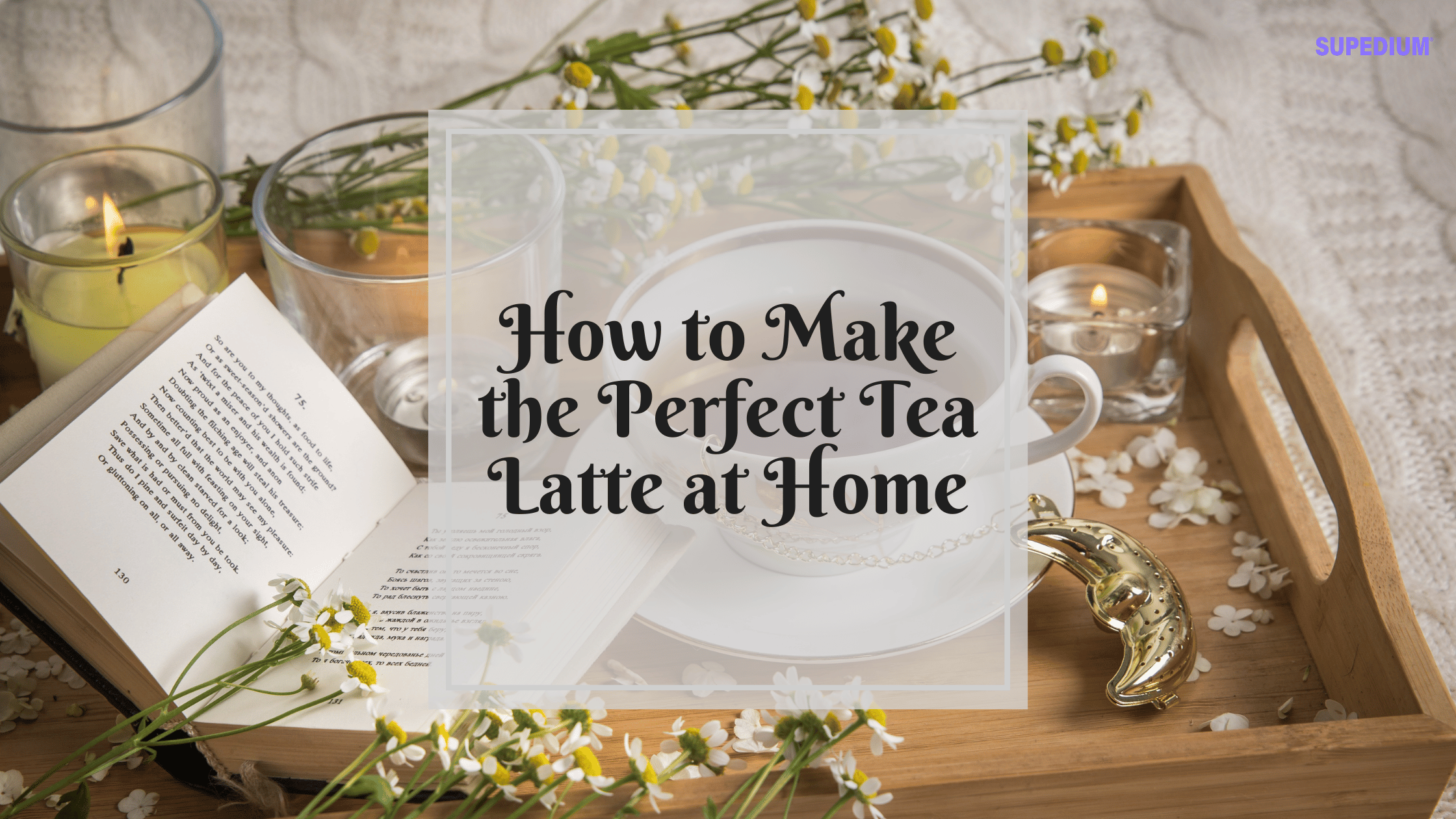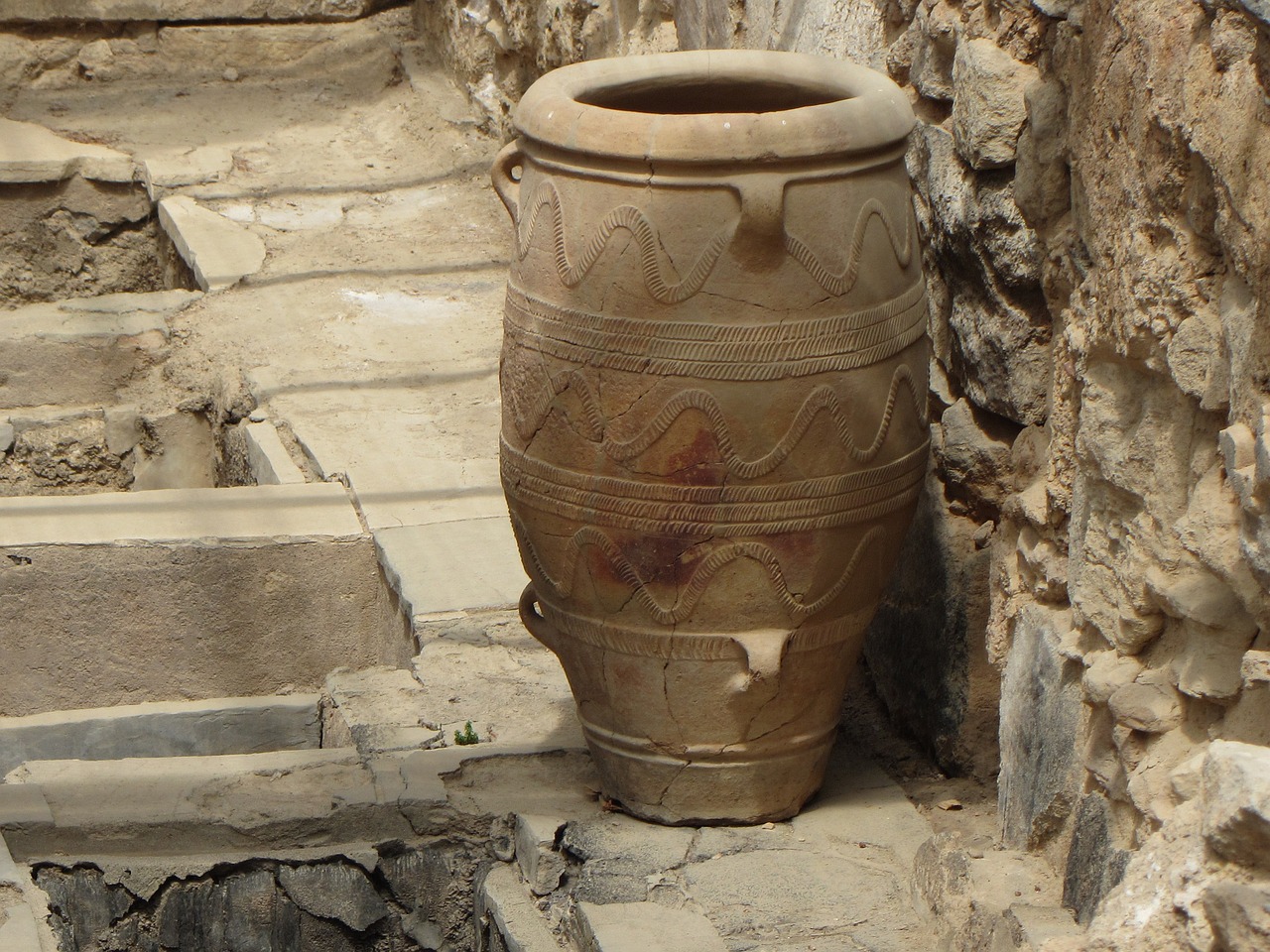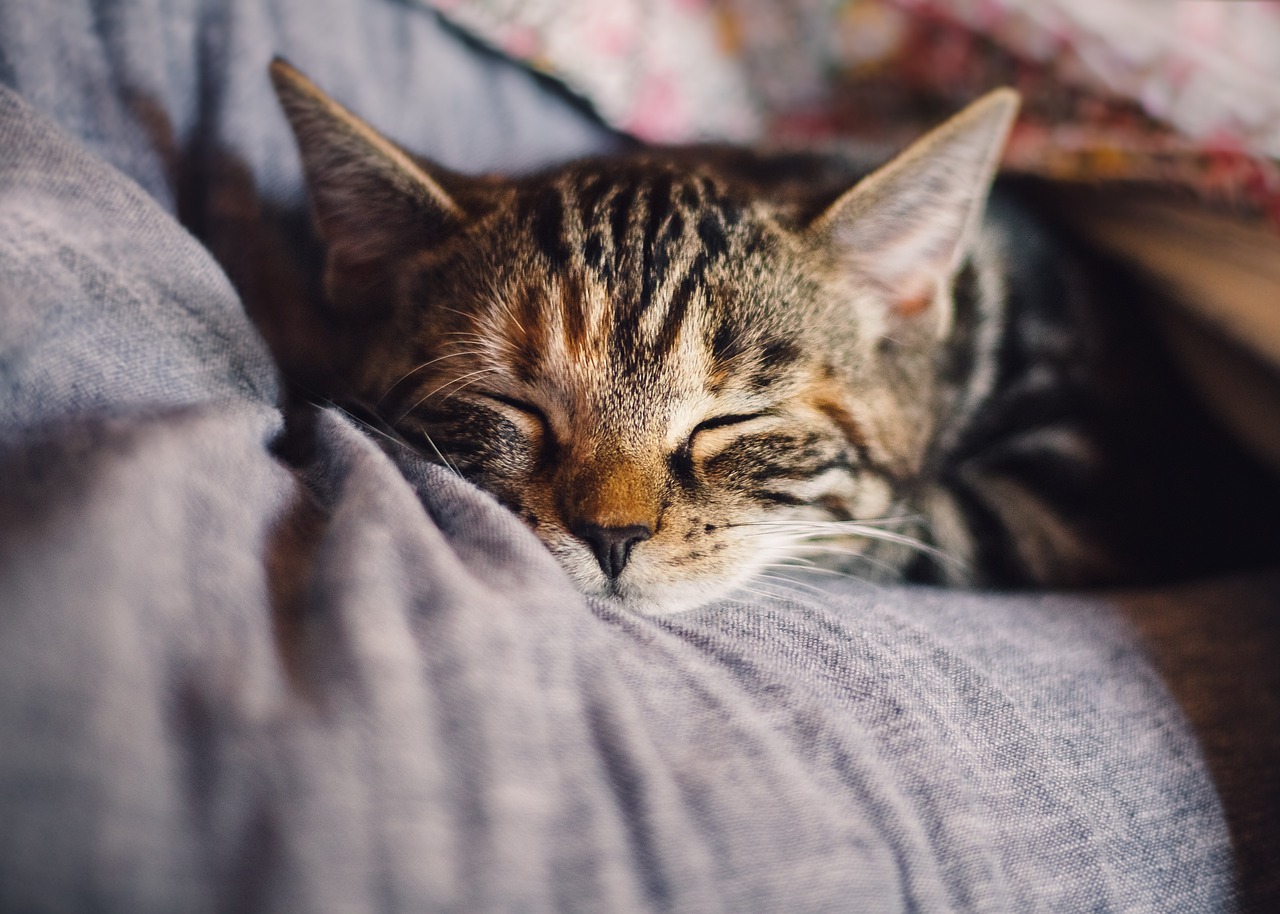Table of Contents
![]()
Tea lattes have become a staple in cafés around the world, offering a creamy, flavorful twist on traditional tea. Making your own tea latte at home not only allows you to customize the flavors to your liking but also saves you money and time. In this guide, we’ll walk you through everything you need to know to create the perfect tea latte in your own kitchen.
Choosing the Right Tea
Types of Teas Suitable for Lattes
The first step in making a delicious tea latte is selecting the right type of tea. Some popular choices include:
- Chai: A spiced black tea that combines bold flavors with warming spices.
- Matcha: A finely ground green tea known for its vibrant color and earthy taste.
- Earl Grey: A black tea flavored with bergamot oil, offering a floral and citrusy profile.
- Rooibos: A naturally caffeine-free herbal tea that has a rich, slightly sweet flavor.
Quality of Tea
When choosing your tea, consider the quality. Loose leaf tea often provides a fresher, more robust flavor compared to tea bags. Organic options can also enhance the overall experience, ensuring you’re enjoying tea free from pesticides.
Flavor Profiles and Pairings
Different teas can offer unique flavor combinations. For example, chai pairs well with spices like cinnamon and ginger, while matcha can be complemented by vanilla or almond. Experimenting with flavors is key to finding your perfect tea latte.
Ingredients for a Tea Latte
Base Tea Selection
The foundation of your tea latte is the tea itself, so choose one that you enjoy.
Milk Options
Milk is essential for creating that creamy texture. Here are some popular options:
- Dairy: Whole, skim, or even half-and-half for a richer latte.
- Non-Dairy: Almond, oat, soy, or coconut milk can add unique flavors. Oat milk is particularly favored for its creamy consistency.
Sweeteners
The sweetness of your latte can enhance its flavors. Consider:
- Sugar: Granulated or brown sugar for traditional sweetness.
- Natural Sweeteners: Honey or agave syrup for a more natural option.
- Flavor Syrups: Vanilla or caramel syrup can add an extra layer of flavor.
Optional Toppings
Toppings can elevate your latte presentation. Consider adding:
- Spices: A sprinkle of cinnamon or nutmeg for a festive touch.
- Whipped Cream: For a dessert-like treat.
- Tea Leaves or Herbs: For garnish and added flavor.
Equipment Needed
Basic Equipment
To create the perfect tea latte, you’ll need some basic tools:
- Teapot or Kettle: For boiling water and brewing your tea.
- Milk Frother or Whisk: To froth your milk to perfection.
- Measuring Tools: Cups and spoons for precise ingredient ratios.
Optional Equipment
Some additional tools can enhance your tea latte experience:
- Electric Kettle with Temperature Control: Ideal for achieving the perfect brewing temperature.
- French Press: Great for steeping loose leaf tea.
- Blender: Useful for achieving a smooth matcha latte.
Brewing the Perfect Tea
Water Temperature and Steeping Times
Each type of tea has an ideal brewing temperature and steeping time. For example:
- Black Tea: 200°F (93°C) for 3-5 minutes.
- Green Tea: 175°F (80°C) for 2-3 minutes.
- Herbal Tea: 212°F (100°C) for 5-7 minutes.
Proper Tea-to-Water Ratio
A general guideline is to use one teaspoon of loose leaf tea per 8 ounces of water. Adjust according to your taste preference.
Techniques for Brewing
You can brew your tea using various methods:
- Infusion: Steeping tea in hot water.
- Boiling: For robust flavors, particularly in chai.
- Using a French Press: Pour hot water over the tea leaves, steep, and then press.
Preparing the Milk
Choosing the Right Milk Temperature
The temperature of your milk is crucial. Ideally, it should be heated to around 150°F (65°C) without boiling.
Frothing Techniques
There are several ways to froth milk:
- Using a Milk Frother: Quick and easy for a café-style finish.
- Manual Frothing: Whisking vigorously or shaking milk in a jar.
- Blender Method: Blend the milk briefly for a smooth, foamy texture.
Creating a Dairy-Free Foam
Non-dairy milks can froth well too, especially oat milk. Ensure your milk is fresh and cold for the best frothing results.
Assembling the Tea Latte
Combining Brewed Tea and Milk
Once your tea is brewed and your milk frothed, it’s time to combine them. A good ratio is about one part tea to one part milk, but feel free to adjust based on your preference.
Sweetening the Latte
Add sweeteners to taste, mixing well to ensure everything is blended evenly.
Garnishing Options
Presentation matters! Consider garnishing with a sprinkle of spice or a dollop of whipped cream for a beautiful finish.
Variations and Customizations
Flavor Variations
Don’t hesitate to get creative with your tea lattes:
- Spiced Chai Latte: Add extra spices like ginger or cardamom.
- Matcha Vanilla Latte: Blend matcha with vanilla syrup for a sweet twist.
Iced Tea Lattes
For a refreshing option, brew your tea as normal, then chill it and pour it over ice, adding milk as desired.
Health-Conscious Options
If you’re looking for healthier alternatives, consider using low-calorie sweeteners or adding superfoods like turmeric or collagen to boost nutrition.
Troubleshooting Common Issues
Bitter Tea
If your tea tastes bitter, you might be using water that’s too hot or steeping it for too long. Adjusting these variables can greatly improve flavor.
Poor Frothing Results
If your milk isn’t frothing well, ensure it’s fresh and cold. Experiment with different types of milk for the best results.
Unbalanced Flavors
If your latte is too sweet or too bland, make small adjustments to the sweeteners and spices until it meets your taste.
Conclusion
Making the perfect tea latte at home is both an art and a science. With the right ingredients, equipment, and techniques, you can create a delicious, customized drink that rivals your favorite café. Don’t hesitate to experiment with flavors, and enjoy the process of discovering your perfect tea latte.
Share This





Be the first to comment